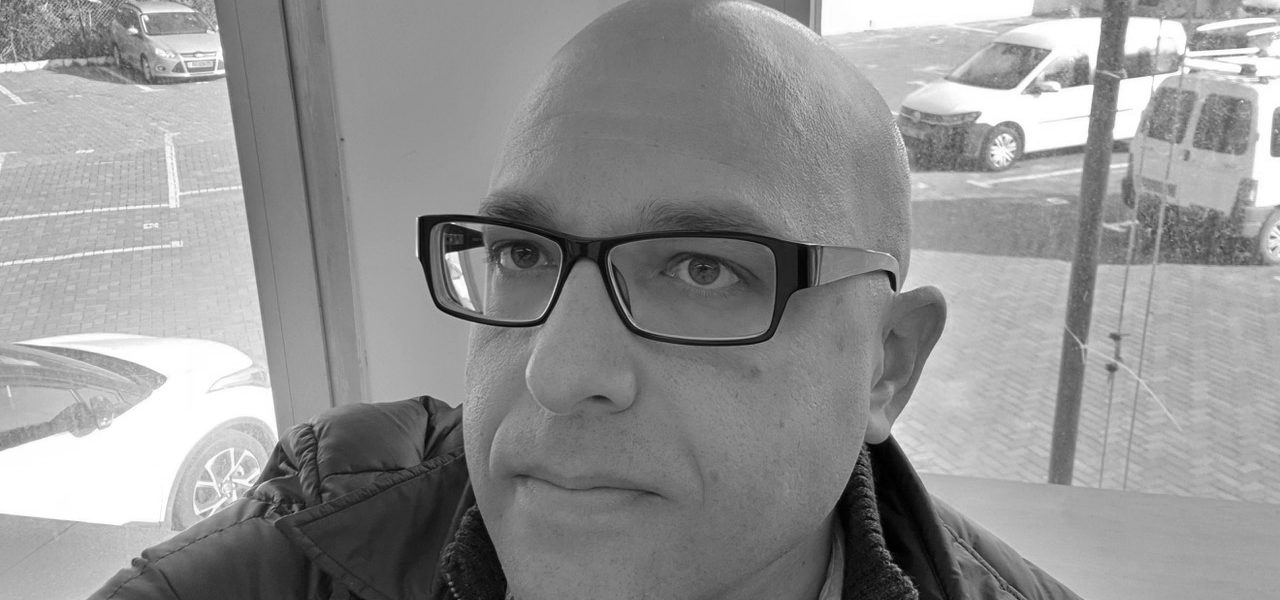
Dr. Jonathan Ventura
EKA ruum A301
Start Date:
16.04.2019
Start Time:
16:00
End Date:
16.04.2019
All design enthusiasts are welcome to an open lecture by Dr. Jonathan Ventura on Tuesday, April 16, at 4 pm at Estonian Academy of Arts room A301. The guest researcher at the Royal College of Art, Helen Hamlyn Center for Design Center, focuses mainly on social and medical design, design theories and methodology, spatial and urban design, visual and material culture, and applied anthropology. In the open design lecture at EKA, he gives an introductory overview of contemporary design theory.
Design is rapidly becoming much more than an amalgam of history, practice and theory, yet as a defined sub-discipline, design theory is yet to reach its full potential. Furthermore, the schism between design theoreticians, historians and practitioners should be overcome to offer a more holistic approach. In this lecture/workshop, I wish to elaborate on the potential of teaching and practicing design as a social and material language. Moving forward from classic semiotic theories, using hermeneutics as a platform to shape design differently will help in the integration of history, practice and theory.
In this innovative outline, I see the designer not as a problem-solver, nor a “mere” translator or mediator, but rather as an active interpreter and maker of vehicles of meanings that, for example, denote and signify marital or social status, manifest ideas, refer to previous styles of design, and symbolize their zeitgeist Accordingly, this lecture or workshop will present the semantic, referential, or expressive qualities of design objects, and of design objects that interpret their surroundings or lend themselves to interpretations within hermeneutic circles, thus generating visual-material languages.
Though design is a ubiquitous ontological and aesthetic phenomenon, and a flourishing practical discipline that is broadly taught in the academia, and while design history has developed into a respected discipline—the philosophy of design is still in its early stages. Design methodologies have been outlined and discussed. However, the long-lasting segregation between the various sub-disciplines of design, coupled with an inherent division between the philosophy of design and its practice and history cripple the overall reach of design research. Additionally, design has been sometimes considered to be a tool for devising aesthetic packaging meant for the enhancement of consumerism. In the light of global anti-consumerism, economic crises and socio-cultural changes, the designer’s role in society is starting to change.
Shifting our definition of the practice of design from semiotics to interpretation, or more broadly and accurately to design hermeneutics hold great potential to both research and pedagogy. For example, through redefining the act of prosthetic design transforms the designer to a physical interpreter, redefining the patient’s body. Thus, integrating practice and theory will help us create better-suited lessons to our complex reality.
– – – – – –
https://hadassah.academia.edu/JonathanVentura
Dr. Jonathan Ventura is currently researching the multilayered world of the industrial designer, focusing on medical and social design vis-à-vis applied anthropology. He is a visiting research fellow at the Helen Hamlyn Centre for Design at the Royal College of Art in London. He has completed a post-doctorate at the RCA and presented his PhD dealing with anthropological dimensions of industrial design, in a joint program of the Hebrew University in Jerusalem (the Department of Sociology and Anthropology) and Bezalel Academy of Arts and Design Jerusalem (the Department of Industrial Design). He teaches at the Department of Inclusive Design at Hadassah Academic College Jerusalem and at the Design Graduate Program at Shenkar College in Ramat Gan. Jonathan focuses mainly on social and medical design, design theories and methodologies, theories of space and urbanity, visual and material culture and applied anthropology.
